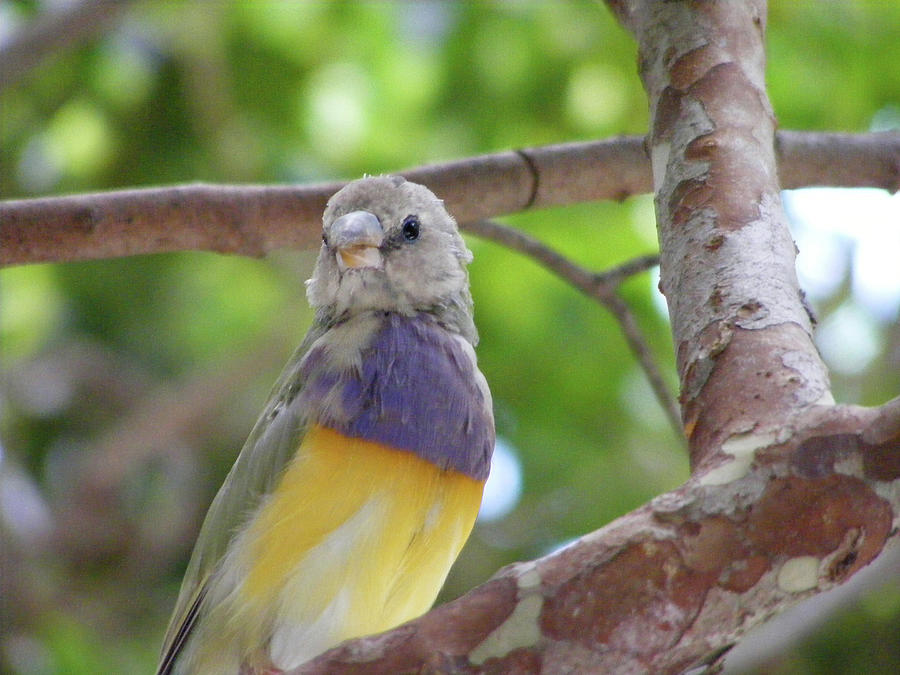

Gouldian finches feed primarily on seeds. Watching them is not only an exciting hobby it also serves to accustom your birds to your presence and to monitor their health. It is essential to observe your finches daily, as with all pets. Once or twice a week, you will need to clean their cage and change the substrate covering the ground. The bathwater should also be changed daily for hygienic reasons, and the bath cleaned. Indeed, they are not recommended as first birds because they are delicate and prone to diseases that an inexperienced owner may not recognize until it is too late.įood and water should be provided daily, and leftovers should be disposed of. Besides, Gouldians finches can be challenging to keep because they are less robust than other popular finches, such as the zebra finches. Unfortunately, many conditions of ornamental birds result, directly or indirectly, from errors in feeding or keeping. The best way to prevent disease is to take care of Gouldian finches according to the needs of their species and feed them properly. However, if you like to spend hours observing the fascinating behavior and the vibrant colors of an actual winged work of art, this bird is for you!Ī post shared by Criadouro dos Rios – Juliano Health Problems So, if you are looking for a bird that appreciates petting and human contact, the Gouldian finch may not be for you. On the other hand, as magnificent as they are, these birds are pretty fearful and do not like to be handled. Gouldian finches are endowed with stunning plumage no one will contradict you on this fact. Image Credit: Arkin54, Pixabay Temperament Besides, the destruction of their habitat by the creation of agricultural land has dangerously weakened the remaining populations of finches today, there are less than 2,500 adult Goulds living in the wild. Unfortunately, this massive exportation of these birds also dramatically reduced the Gouldian population in the wild. Gouldians were subsequently exported in large numbers from Australia until the late 1960s. The vibrant colors of this bird quickly won over Europeans upon its arrival in there around 1850. This is why this bird, sometimes referred to as the rainbow finch, also has the common name of Lady Gouldian finch. John Gould, a British ornithologist, was the first in 1844 to describe this little finch: he was so dazzled by its beauty that he decided to name it in honor of his late wife, Elizabeth Gould. The Gouldian finches are native to Australia.


 0 kommentar(er)
0 kommentar(er)
